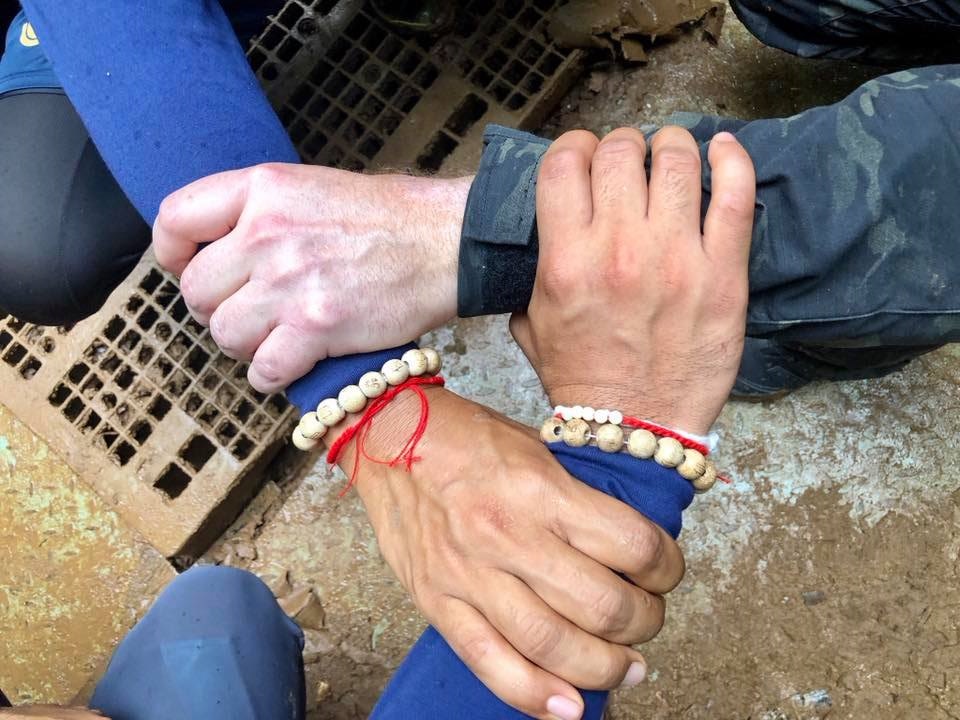
EXPERT REACTION: Thai boys being freed from cave - Possible infections
As the good news that all the boys and their coach are likely to be freed from the cave tonight breaks, Australian experts comment on the possible risks of infection associated with being stuck in a cave for more than two weeks.
Organisation/s: The Australian National University, Monash University
News for:
Australia
VIC
ACT
Media contact details for this story are only visible to registered journalists.


Expert Reaction
These comments have been collated by the Science Media Centre to provide a variety of expert perspectives on this issue. Feel free to use these quotes in your stories. Views expressed are the personal opinions of the experts named. They do not represent the views of the SMC or any other organisation unless specifically stated.